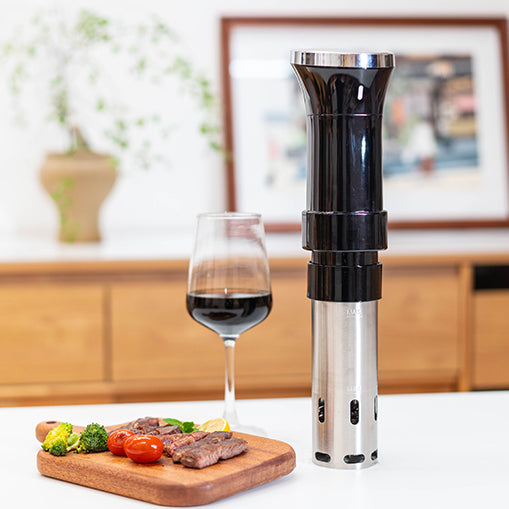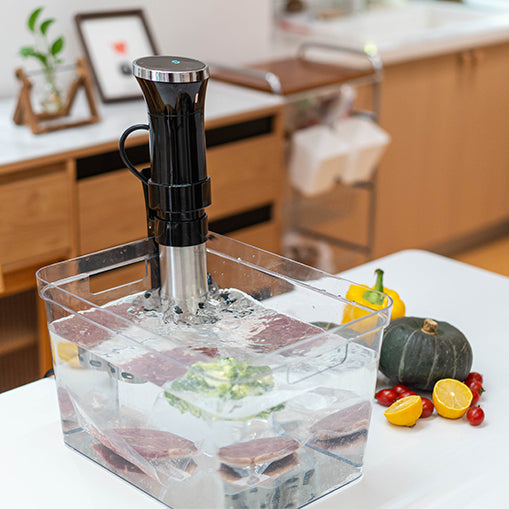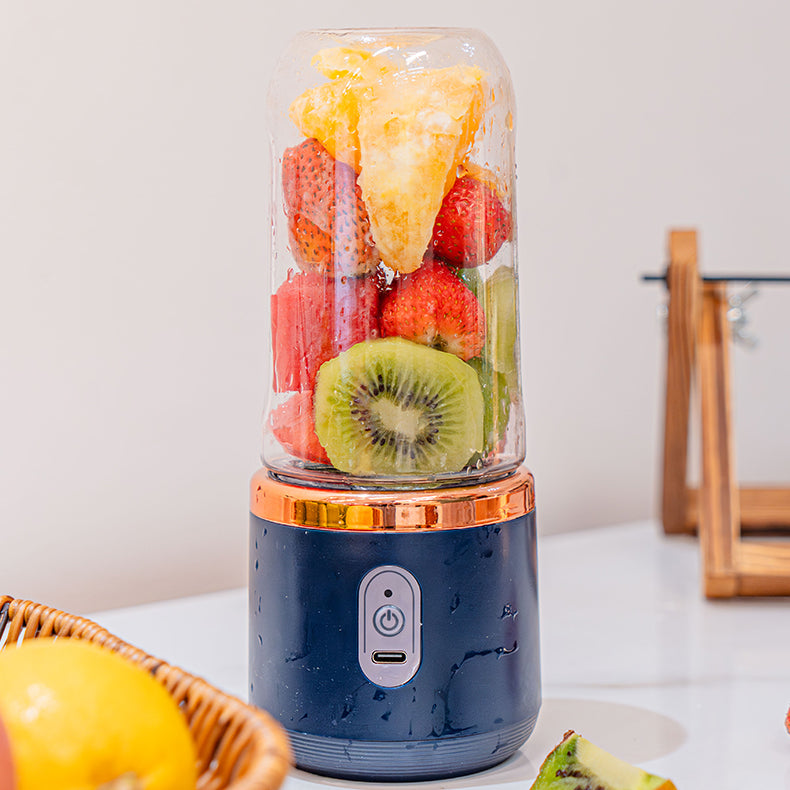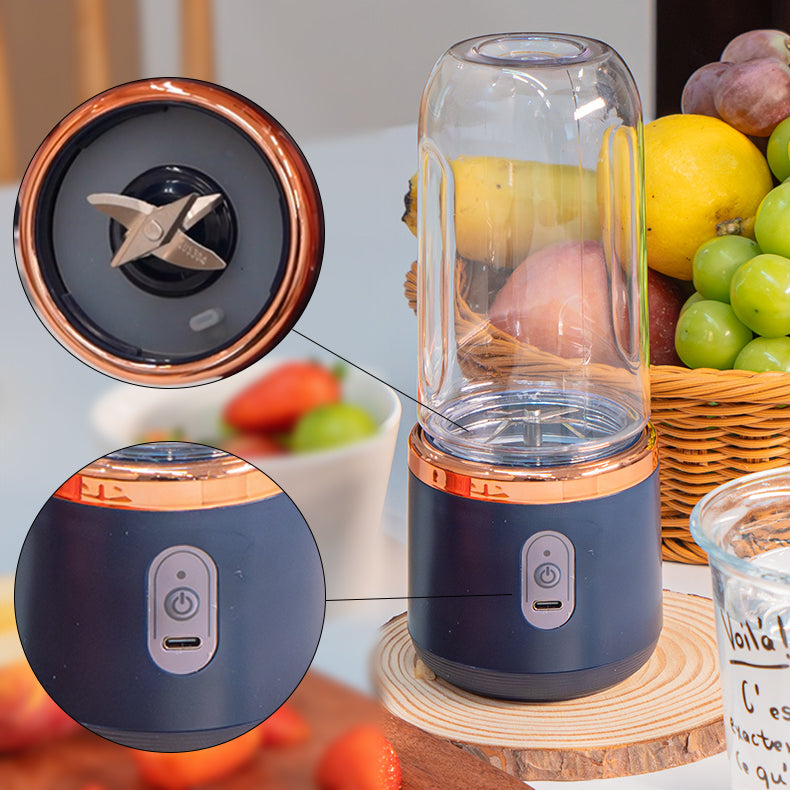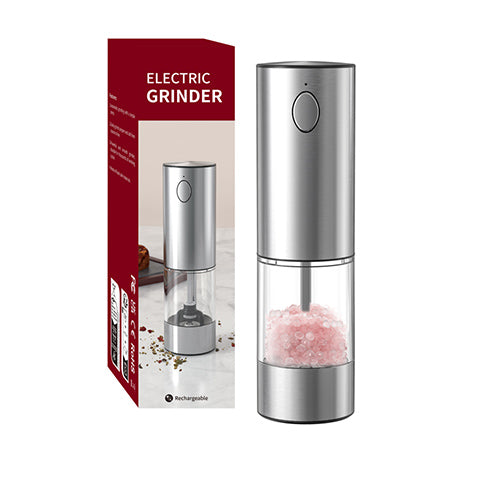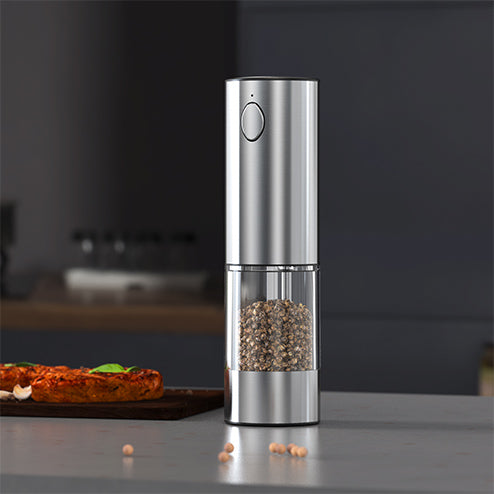A clean espresso machine is the cornerstone of a perfect cup of coffee, ensuring every shot is rich and flavorful. Yet, many coffee enthusiasts overlook the importance of regular cleaning, leading to subpar brews and potential machine malfunctions. This guide will explore the essential steps for cleaning your espresso machine, highlighting why regular maintenance is crucial and detailing the components that need attention. Additionally, we'll cover descaling your machine to keep your espresso maker in top condition. By following these steps, you'll extend the life of your machine and consistently enjoy premium coffee at home.

Why Is It Important to Clean Your Espresso Machine Regularly?
Keeping your espresso machine not only prolongs the life of your machine but also ensures that your coffee tastes fresh and is safe to drink. Here are some key reasons to clean regularly:
- Coffee Quality: Coffee oils and residues can build up over time in your machine, affecting the taste and aroma of your espresso. Regular cleaning ensures that each cup tastes fresh and maintains the quality of the coffee.
- Machine Efficiency: Accumulation of mineral deposits, especially from hard water, can clog water lines and affect the pressure and temperature control of your machine. This can lead to inefficiencies in brewing and potentially even damage to the machine. To maintain peak performance, the SCHWUA Espresso Machine, with its robust 20 BAR pressure extraction, also requires regular cleaning. By doing so, you'll ensure it continues to produce rich, aromatic espresso.
- Hygiene: Just like any kitchen appliance, cleanliness is key to maintaining hygiene. Mold, bacteria, and yeast can grow in damp environments like espresso machines if they are not cleaned regularly.
- Longevity of the Machine: Keeping the machine clean not only ensures it runs efficiently but also helps extend its lifespan. Regular maintenance can prevent major malfunctions and costly repairs.
Parts of an Espresso Machine

Understanding the different parts of your espresso machine can help you clean it more effectively. Each component requires specific care. Main components include:
1. Group Head: This is the part where hot water is dispensed into the coffee grounds. It needs regular brushing to remove coffee oil residue and a monthly or bi-monthly backflush with a cleaning solution if the model allows it.
2. Portafilter: The handle with a basket where coffee grounds are placed. The portafilter should be rinsed after each use and the basket should be removed and cleaned to remove old grounds and oils.
3. Steam Wand: Used to steam and froth milk. Milk residues can quickly build up, so it's important to wipe down the wand after every use and purge it to expel any milk trapped inside. Deep cleaning with a special steam wand cleaner can be done weekly or bi-weekly.
4. Water Reservoir: Water is stored here before being heated. It should be refilled with fresh water daily and cleaned regularly to prevent mineral buildup and to ensure the best tasting espresso.
5. Drip Tray: Catches coffee drips and water spills. It should be emptied and cleaned daily to prevent odors and residue buildup.
6. Grinder (if integrated): Coffee bean grinders are often built into espresso machines. They should be cleaned regularly to prevent oil buildup from stale beans, which can affect the flavor of your coffee.
7. Boiler: The heating element that warms the water. Descaling it regularly is crucial, especially in areas with hard water, to prevent mineral deposits that can affect the machine’s performance and coffee taste.
What You'll Need to Clean Espresso Maker?
To properly clean your espresso machine, you'll need a few essential tools and cleaning agents. Having the right supplies can make the cleaning process more effective and efficient. Here are some essential cleaning supplies:
- Soft-bristled brush: For scrubbing the group head and portafilter.
- Espresso machine cleaner: A specialized cleaner for removing oils and residue.
- Microfiber cloths: For wiping down surfaces and polishing.
- Descaling solution: For removing mineral buildup.
- Blind basket: For backflushing machines with a solenoid valve.
How to Clean Espresso Maker?

Cleaning your espresso machine regularly is crucial for maintaining its performance and the taste of your coffee. Here’s a simplified guide:
1. Prepare Your Cleaning Solutions
Mix your espresso machine cleaner according to the manufacturer's instructions.
2. Begin with the Portafilter and Basket
Remove the basket from the portafilter. Both should be soaked in the prepared cleaning solution to dissolve coffee oils and residue. Use a soft-bristled brush to scrub any stubborn areas. Rinse thoroughly with hot water after soaking.
3. Clean the Group Head
Attach the soft-bristled brush to your cleaning tool and scrub inside the group head. Focus on areas where the coffee residue is visible. For machines that allow, remove the screen and gasket and soak them in your cleaning solution. Scrub these parts with the brush if needed and rinse well.
4. Backflush the Machine
For machines equipped with a solenoid valve, insert the blind basket into the portafilter, add the cleaning solution, and attach it to the group head. Activate the pump for about 10 seconds to backflush, then pause and repeat several times. This process flushes out the internal lines and removes any residual buildup.
5. Clean the Steam Wand
Start by purging the steam wand to blow out any milk particles inside. Soak the tip of the wand in the cleaning solution if there's substantial buildup. Use the brush to scrub the exterior and the tip to remove all milk residue. Rinse well and purge again with steam to ensure all cleaning solution is expelled.
6. Wipe Down and Reassemble
Dry all parts after rinsing and reassemble your espresso machine. Use the microfiber cloths to wipe down the exterior of the machine. This not only cleans but also polishes the surface, preventing scratches and corrosion.
7. Test the Machine
Run water through the machine without coffee to make sure all cleaning agents are completely flushed out. Brew a test shot of espresso to ensure that the machine is functioning properly and that there's no residue affecting the taste.
How to Descale Your Espresso Machine?
Descaling can remove mineral deposits that build up in your machine’s internal workings, particularly if you live in a hard water area. Here is how to do it:

- Prepare Descaling Solution: Follow the manufacturer's instructions for mixing the descaling solution. or use a homemade solution of water and white vinegar (check your machine's manual first as vinegar can be damaging to some machines).
- Empty the Machine: Remove any coffee grounds and empty the filter. Ensure no capsules or pods are in the machine.
- Add the Solution: Pour the mixed descaling solution into the water reservoir of your espresso machine.
- Run the Cycle: Turn on the machine and start a brewing cycle without coffee to allow the solution to run through. Collect the water in a container to avoid mess.
- Rinse Thoroughly: After the cycle, refill the reservoir with fresh water and run at least one full cycle to rinse any residue of the descaling solution.
- Finish Up: Wipe down the machine and reassemble any removed parts.
Conclusion
Maintaining your espresso machine through regular cleaning ensures it works efficiently and delivers great-tasting coffee. By learning how to clean coffee espresso machine and following the steps for descaling to remove any buildup, you can ensure the smooth operation of your espresso machine. This routine not only improves the flavor of your coffee but also extends the life of your machine. Make cleaning a regular practice for consistently excellent results with every cup.

